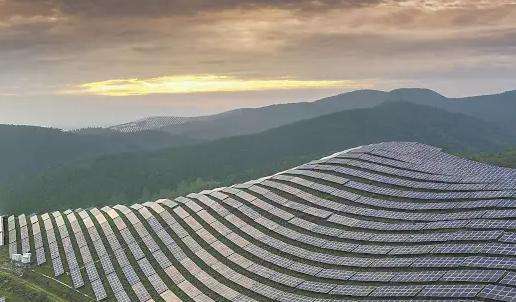The relationship between microorganisms and energy takes the following forms: 1. Generation of biomass energy; 2. Anaerobic digestion; 3. Hydrogen producing microorganisms 5. Application of microorganisms in renewable energy technology;
1. Biomass Energy Generation:
In the process of biomass energy generation, microorganisms play a vital role. These microorganisms, such as yeast and bacteria, can convert organic matter such as plant fibers into clean energy such as ethanol or biodiesel under specific fermentation conditions. This conversion process is not only efficient, but also sustainable, offering the possibility of replacing traditional fossil fuels.
2. Anaerobic Digestion:
Anaerobic digestion is a method of treating organic waste. It converts organic waste into biogas usingaction of anaerobic microorganisms. The main component of biogas is methane, which is an efficient and environmentally friendly energy source. Using anaerobic digestion technology to process organic waste can not only reduce waste accumulation, but also generate renewable energy to achieve the dual purposes of environmental protection and energy.
3. Hydrogen-producing microorganisms:
Certain microorganisms have the ability to produce hydrogen. Through extensive research into hydrogen-producing microorganisms and optimization of their production processes, it is planned to achieve efficient and environmentally friendly hydrogen energy production in the future in order to meet people’s demand for clean energy.
4. Microbial fuel cell:
The microbial fuel cell is a technology that usese micro-organisms to convert organic matter into electrical energy. The energy production efficiency of these batteries can be improved by selecting the appropriate microbial species and optimizing reactor design. Microbial fuel cells not only offer a new approach to renewable energy, but also open up new possibilities for providing electricity in areas where electricity is difficult to access.
5. Application of Microorganisms in Renewable Energy Technologies:
In addition to directly generating energy, microorganisms also play an important role in the use of renewable energy technologies such as solar and wind energy. energy. For example, during photosynthesis, plants and some microorganisms can convert solar energy into chemical energy, which can be stored in biomass and used forr meet future energy needs.














